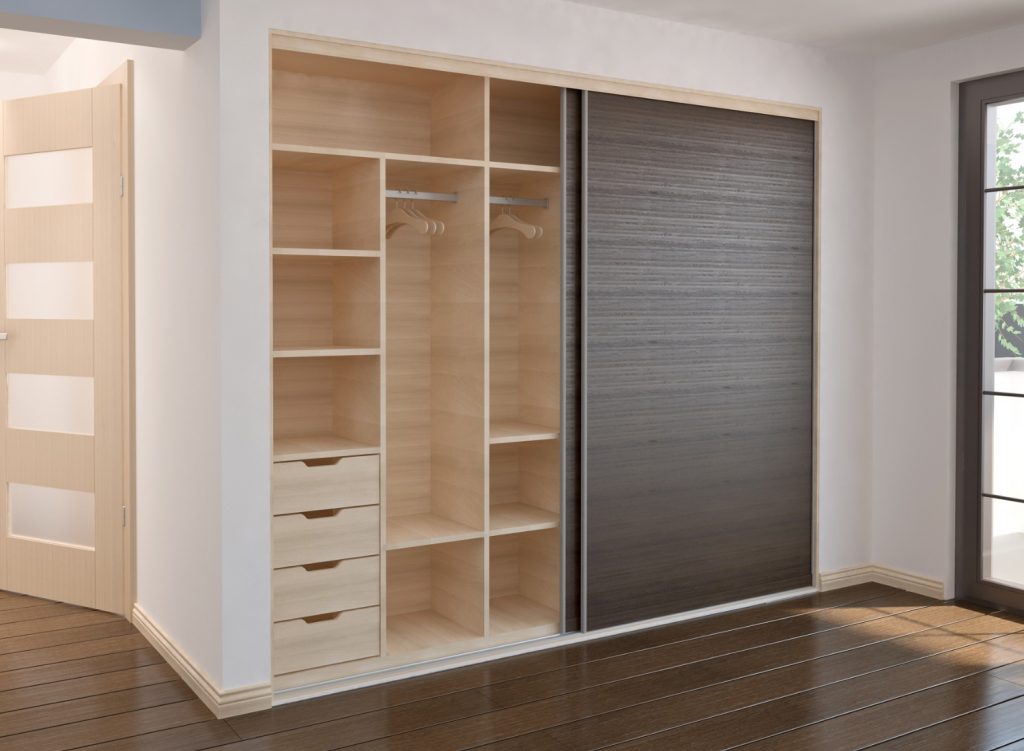Home DIY: How to Design and Create Sliding Cabinet Doors

In the realm of home design, sliding cabinet doors are a stylish and practical choice that can transform the look and functionality of any space. Whether you’re aiming to save space in a small room, add a modern touch to your kitchen, or create a sleek storage solution, sliding doors offer a versatile option.
The best part? Designing and crafting sliding cabinet doors can be an engaging DIY project that allows you to tailor every aspect to your specific needs and personal style. In this guide, we’ll take you through the steps of conceptualizing, designing, and bringing to life your very own sliding cabinet doors, enabling you to add a touch of sophistication to your living spaces.
Benefits of Sliding Cabinet Doors
Before diving into the DIY process, it’s essential to know the advantages that sliding cabinet doors bring to your home. Firstly, they are excellent space savers, making them perfect for small rooms or areas with limited floor space. By eliminating the need for swing space, sliding doors optimize the layout and flow of a room.
Additionally, they add a modern, streamlined look that complements a variety of interior styles, from minimalist to industrial-chic. Sliding cabinet doors also provide easy access to your belongings, allowing you to maximize storage while keeping everything within arm’s reach.
Planning and Design
The first step in creating sliding cabinet doors is careful planning and thoughtful design. Consider the style and aesthetic you want to achieve. Are you leaning towards a rustic, barn door-inspired look, or do you prefer a more contemporary, sleek finish?
Additionally, take precise measurements of the cabinet opening to ensure your doors fit seamlessly. Decide on the type of material you’ll use: options range from wood to glass, acrylic, or even metal. Each material offers its own unique look and functionality.
Choosing the Right Hardware
Selecting the right hardware is crucial for the smooth operation of your sliding cabinet doors. Look for high-quality tracks, rollers, and handles that can withstand daily use. Consider whether you want visible or concealed hardware, as this can significantly impact the overall aesthetic.
Material Selection
- Wood: Offers a warm, natural aesthetic and is highly customizable. You can stain or paint it to match your existing decor.
- Glass or Acrylic: Provides a sleek, modern look and allows for visibility into the cabinet. Frosted or tinted options offer a level of privacy.
- Metal: Offers an industrial or contemporary vibe, perfect for a modern, minimalist space.
- Reclaimed or Upcycled Materials: For a unique, eco-friendly touch, consider using reclaimed wood or repurposed materials.
Construction and Assembly
Once you have your design and materials in place, it’s time to construct your sliding cabinet doors. Depending on your chosen material, you’ll need to cut, shape, and finish it to the desired specifications. Gather materials like saws or use a table saw with an appropriate table saw blade, clamps, measuring tools, and sanding equipment. Pay close attention to details like edge finishing and any additional elements like glass inserts or decorative patterns.
Installation and Testing
Installing sliding cabinet doors requires precision and attention to detail. Ensure that the tracks are level and securely attached to the cabinet frame. Test the doors’ movement to make sure they slide smoothly and without any hitches. Adjustments may be necessary to achieve optimal functionality.
Finishing Touches
The final step is adding any finishing touches that enhance the appearance and functionality of your sliding cabinet doors. This could include applying a protective finish to wood, adding decorative handles or pulls, or incorporating soft-close mechanisms for a gentle and quiet closing motion.
Maintenance and Care
To keep your sliding cabinet doors functioning well and looking their best, regular maintenance is key. Depending on the material, this may involve cleaning, polishing, or resealing. Check the hardware periodically to ensure it remains in good condition and make any necessary adjustments to keep the doors gliding smoothly.
Conclusion
Designing and creating your own sliding cabinet doors is a rewarding DIY project that allows you to tailor your home’s storage solutions to your unique style and needs. With careful planning, the right materials, and attention to detail, you can achieve a functional and visually stunning addition to any room. Whether you’re revamping your kitchen, creating a custom wardrobe, or enhancing a living area, sliding cabinet doors offer a versatile and stylish solution.
